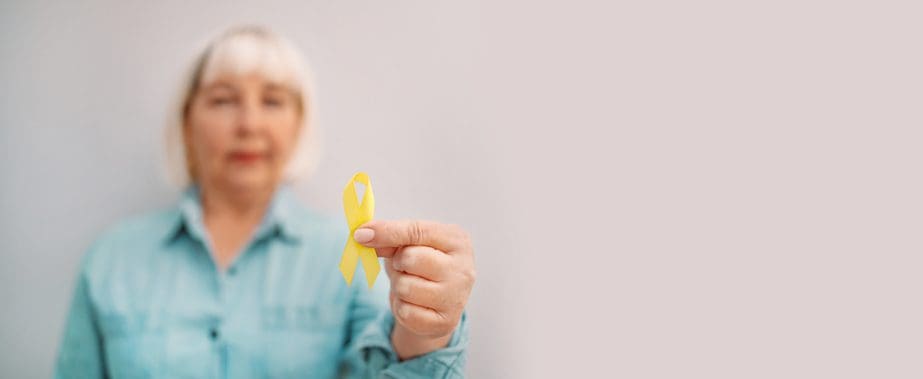When we think of self-harm, we may think of teenage girls engaging in behaviors like cutting or burning themselves, and it’s true that self-harm usually begins during these years and that rates of self-harm are highest among this group.
However, self-harm can occur at any age, and recent attention has been brought to the self-harm behaviors of older adults.
What is Self-Harm?
Self-harm refers to behaviors that are intended to injure oneself without causing death. The most common self-harm behaviors are the following:
- Cutting the skin
- Burning the skin with anything from lit cigarettes to household chemicals
- Scratching or rubbing the skin to the point of injury
- Hitting oneself
Typically, people who self-harm target their arms, thighs, and stomach. They do not intend to commit suicide, but studies have shown that self-harm often leads to later suicide attempts. According to an article from Cambridge University Press, “Self-harm is one of our strongest predictors of completed suicide, and the older the person who has self-harmed the greater the risk of subsequent suicide.”
Why do People Self-Harm?
Self-harm can stem from a variety of causes, including mental health issues like depression as well as post-traumatic stress disorder (PTSD). Self-harming behaviors are often used as a way to gain relief from emotional pain.
According to the Mayo Clinic, self-injury may be an attempt to:
- Use physical pain to distract from emotional pain
- Regain a sense of control over one’s own body, emotions, and circumstances
- Feel something — anything — to combat a sense of emotional emptiness or numbness
- Communicate difficult feelings to the outside world
- Punish oneself
Unfortunately, self-harming behaviors tend to worsen any underlying mental health disorders, cause feelings of shame and guilt, and can lead to permanent damage (such as scarring) or even death.
When–and Why–are Older Adults at Risk?
Age brings with it a variety of new and difficult situations that can contribute to depression and other mental health issues in the senior population. Loss is often a theme: loss of friends, loss of one’s home, loss of health, loss of independence – all of these factors and more can contribute to the development of mood disorders.
Those most at risk for self-harm and suicide are white divorced men, as well as those who have been diagnosed with a psychiatric disorder, especially if they misuse alcohol or drugs. One study reports increased risk of self-harm among older adults who have a history of self-harm and who are unable to accept the aging process.
An article in BBC News notes that the pandemic put older adults more at risk for self-harm: “Over-65s are hospitalised more than 5,000 times a year in England because of self-harm and self-poisoning.” Loneliness, isolation, as well as the pressure of caring for aging parents were all cited as pandemic-related triggers for self-harm among older adults.
Because self-harm is a predictor for suicide, it’s important to consider the demographic of those who have high suicide rates: As noted by NPR, men who are 65 and older face the highest risk of suicide, while adults 85 and older, regardless of gender, are the second most likely age group to die from suicide.
Signs of Self-Harm in Older Adults
Adults who self-harm typically try to hide any evidence of it. However, in addition to noting unusual injuries, you can look for the following symptoms if you suspect your loved one is self-harming.
- Loss of interest in things once enjoyed
- Social isolation
- Inability to concentrate
- An attitude of detachment
- Expressing feelings of worthlessness
- Expressing feelings of hopelessness
Because self-harm in older adults is strongly linked to suicide attempts, take note of these additional signs that your loved one may be suicidal:
- Talking about wanting to die
- Talking about being a burden to others
- Increased use of alcohol or drugs
- Increased anxiety or reckless behavior
- Sleeping too little or too much
- Extreme mood swings
- Breaking medical regimens (not taking medication, for example)
- Putting affairs in order, giving things away, or making changes in wills
Hope & Help for Seniors in Garner, NC
If you or a loved one are experiencing self-harm or thoughts of suicide, reach out for help. Call or text 988, the Suicide & Crisis Lifeline, for immediate attention, or contact Raleigh Oaks Behavioral Health and speak with one of our compassionate admissions counselors about how our treatment programs can help. We believe that people of all ages are uniquely valuable and deserve attention to their mental health and well-being.






